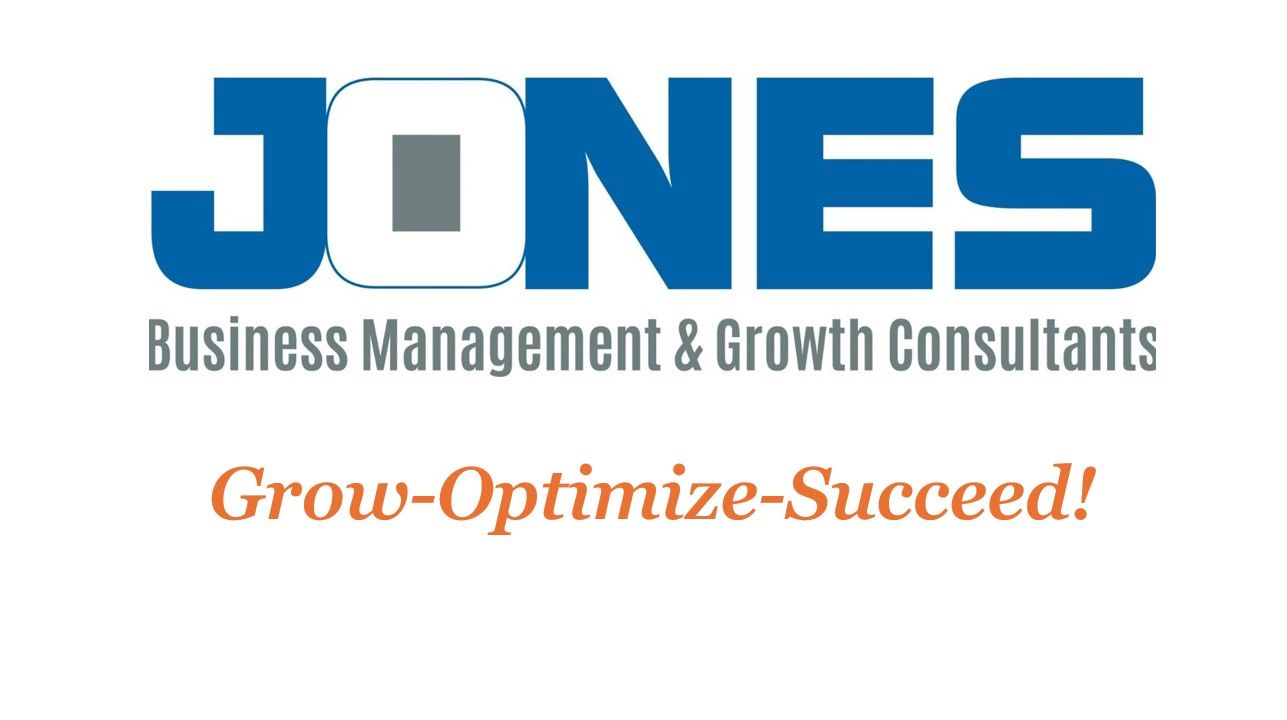How Self-Sabotage Shows Up in Your Landscaping Business
Sometimes the Biggest Obstacle to Growth Is You

Every landscaper hits roadblocks — slow seasons, unreliable crews, equipment breakdowns. But for many owners, the real problem runs deeper. It is not just the economy, the employees, or the weather. It is the habits, fears, and excuses that keep you from changing what needs to change.
That is self-sabotage. And it quietly kills more landscaping businesses than competition ever will.
What Self-Sabotage Looks Like
You might not notice it at first because it disguises itself as “staying busy” or “keeping control.” But here are some signs it is running your business:
1. You Keep Doing Everything Yourself
You tell yourself no one can do it like you. The truth is, you are afraid to let go. But if you never delegate, you never build a team that can take ownership.
2. You Avoid the Numbers
You “know” you are making money, but you never check the actual data. You are afraid of what the numbers will tell you, so you stay in the dark — and slowly bleed profit.
3. You Refuse to Slow Down
You stay in the field because it feels productive. But constant busyness is often a cover for fear. Slowing down forces you to think strategically, and that’s uncomfortable if you have always lived in survival mode.
4. You Blame Instead of Adjust
It is easy to say the labor market is the problem. Or that clients just want cheap work. But leadership means owning what you can control and fixing it.
Why This Matters
Self-sabotage keeps you stuck where you are. It convinces you that “now isn’t the time,” “this is just how it is,” or “I’ll figure it out next season.” Those thoughts are the reason next season looks just like this one.
How to Break the Cycle
- Face the numbers. Know your labor burden, overhead, and revenue per hour.
- Delegate one thing this week and do not take it back.
- Write down one system you will fix before the month ends.
- Replace excuses with action — even small action creates momentum.
Success requires strategy, not just sweat. When you stop getting in your own way, growth stops being random and starts being predictable.
Your Next Step
If you are ready to stop sabotaging your own success and start building the business you know you are capable of, my Mentorship Program is built for that shift. We dig deep into leadership, structure, and the habits that make or break real growth.
👉 Apply for mentorship here and start building the version of your business that finally runs without limits — or self-sabotage.










